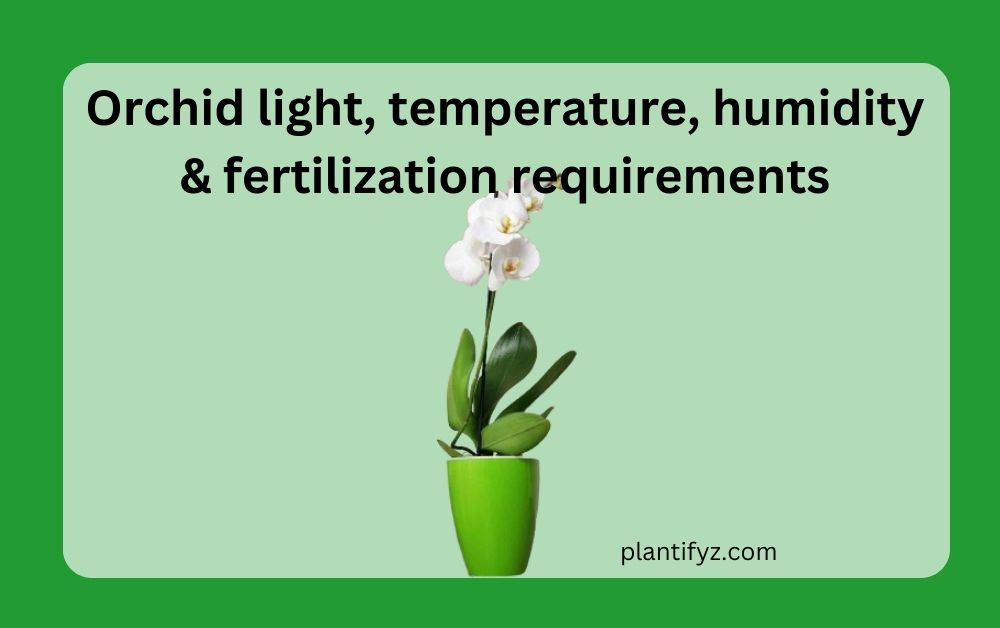Knowing these basic requirements is fundamental cares can make your journey very smooth as an orchid enthusiast.
How much light do orchids need daily?
Orchids grow in the tree bark with a lot of tree shades in their natural habitat.
Orchids need a lot of indirect sunlight, approximately 6-8 hours daily. But the plant shouldn’t get direct sunlight. Direct scorching sunlight will burn the foliage turning the color into brown. If you place your orchid outdoors plant it where it gets filtered sunlight. Consider planting it on the tree. You can plant it with other plants which will give the plant shade or can manage shade with anything you want.
If you place your orchid indoors, choose a window where the plant can get the required sunlight, and always use curtain sheers to protect it from the scorching sun.
If you don’t have access to north- or east-facing windows, you may want to position your orchid a few feet away from south- or west-facing windows in your rooms. This arrangement avoids direct sunlight exposure, providing the plant with abundant diffused light. By placing the orchid strategically, you replicate its natural habitat, simulating the filtered sunlight it would receive under the canopy of trees. To prevent potential issues like leaf burn or stress caused by intense sunlight, it’s crucial to maintain an appropriate distance from south- or west-facing windows, ensuring the well-being of the orchid.
If your house doesn’t have any access to the light, use a grow light to replace the sunlight.
Temperature requirements for orchids
Orchids require temperatures between 70°F to 80°F (21°C to 27°C) with a slight drop at night. Naturally, the amount of light they get is enough to keep orchids warmer. You can use a thermometer to observe the temperature. If the temperature is below that level and there is no natural way to increase it, consider using any heat source like a space heater.
Remember the temperature can vary according to the species that you own. Species like Phalaenopsis, Vanda, and Dendrobium nobile need high temperatures [70°F to 80°F (21°C to 27°C)]. Odontoglossum, Masdevallia, and Cymbidium can thrive in low-temperature; between 50°F to 70°F.
The right humidity for orchid
The right humidity for orchids is 50 to 70 percent. You can observe the humidity level by using a hygrometer. Hygrometer and thermometer can be found combined in the marketplace, you can use them. For outdoor orchids try to place it near a pond or any water source where it will get the high humidity.
For indoor orchids, you can use a mister, four to 5 squeezes are enough for a day. If you have some other plants indoors, try to keep the orchids with those plants. It will create a microenvironment that will be an ideal place for a plant to get enough humidity.
Using ceramic or clay pots can increase the humidity. You can use a humidity tray with water. Place the tray under the pot, water will evaporate over time creating a rich humidity. You can also use a humidifier to maintain that.
Fertilization rule for orchids
The common recommendation for fertilizing is using water-soluble orchid fertilizer in half strength (of the packaging recommendation). Apply every 4 weeks to 8 weeks and reduce the consistency in winter because the plant doesn’t need that much at that time. Do not over-fertilize, if you fertilize less than the recommended level that will be no problem for a period but over-fertilizing will cause problems like stunted growth, yellowing leaves, reduced flowering, and eventually death.
Don’t apply fertilizer on dry roots, apply it when the roots are moist because fertilizing on dry roots can burn them. Also, don’t let the fertilizer touch the leaves as it can cause leaf burn. You can use a bloom booster to boost the blooming before two months of the spring. It helps the plant concentrate on blooming.
Here is the first part of this article.

